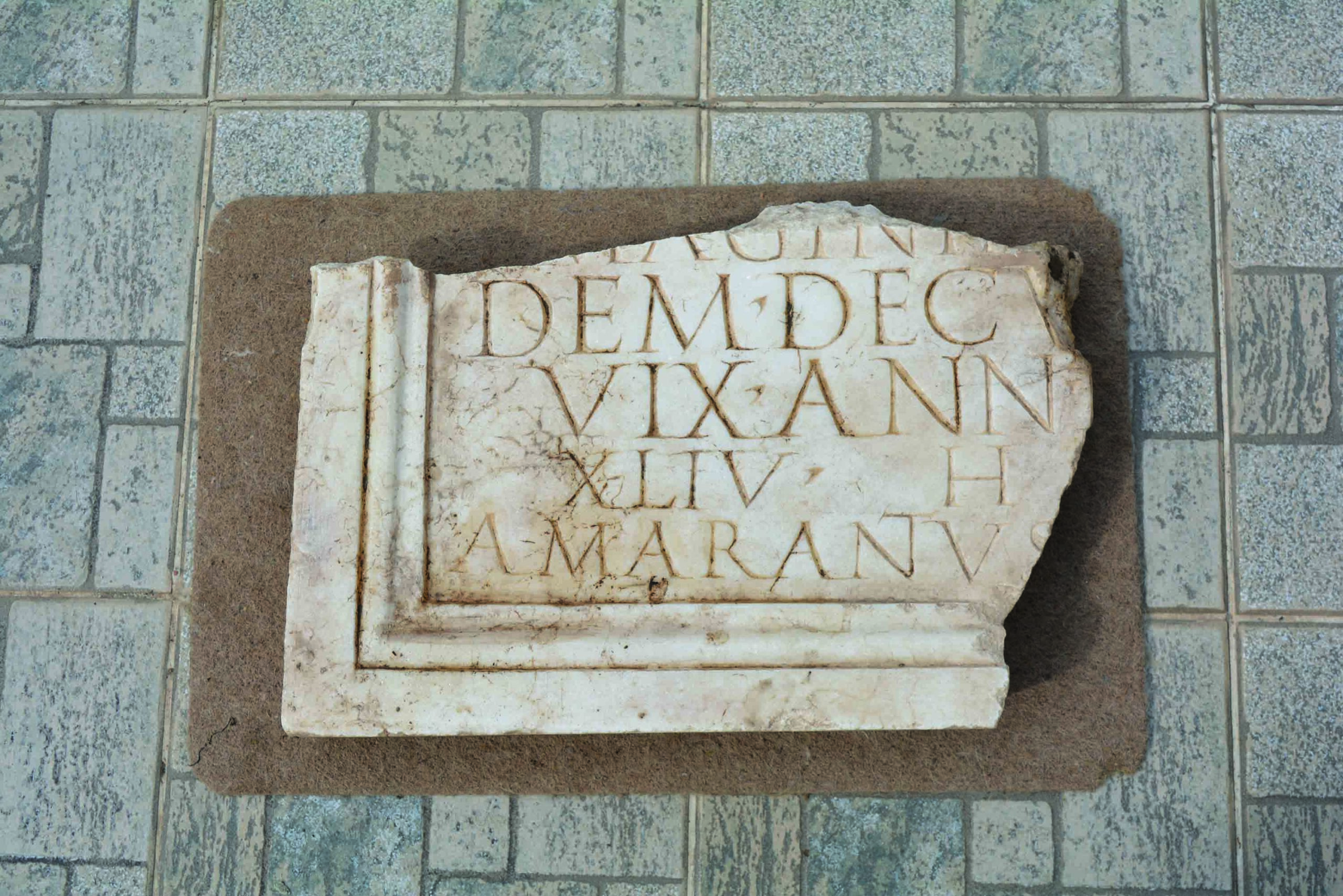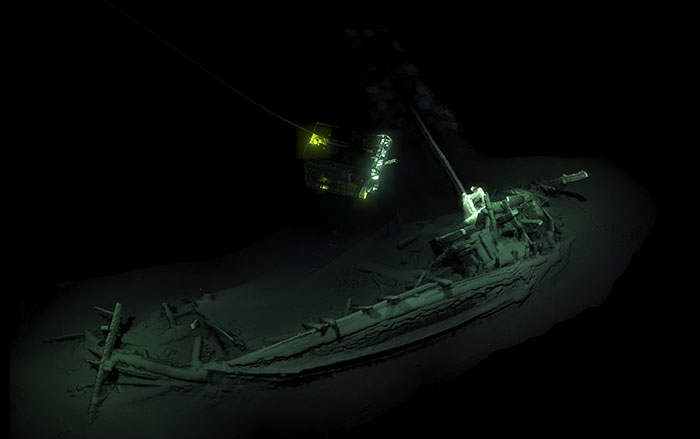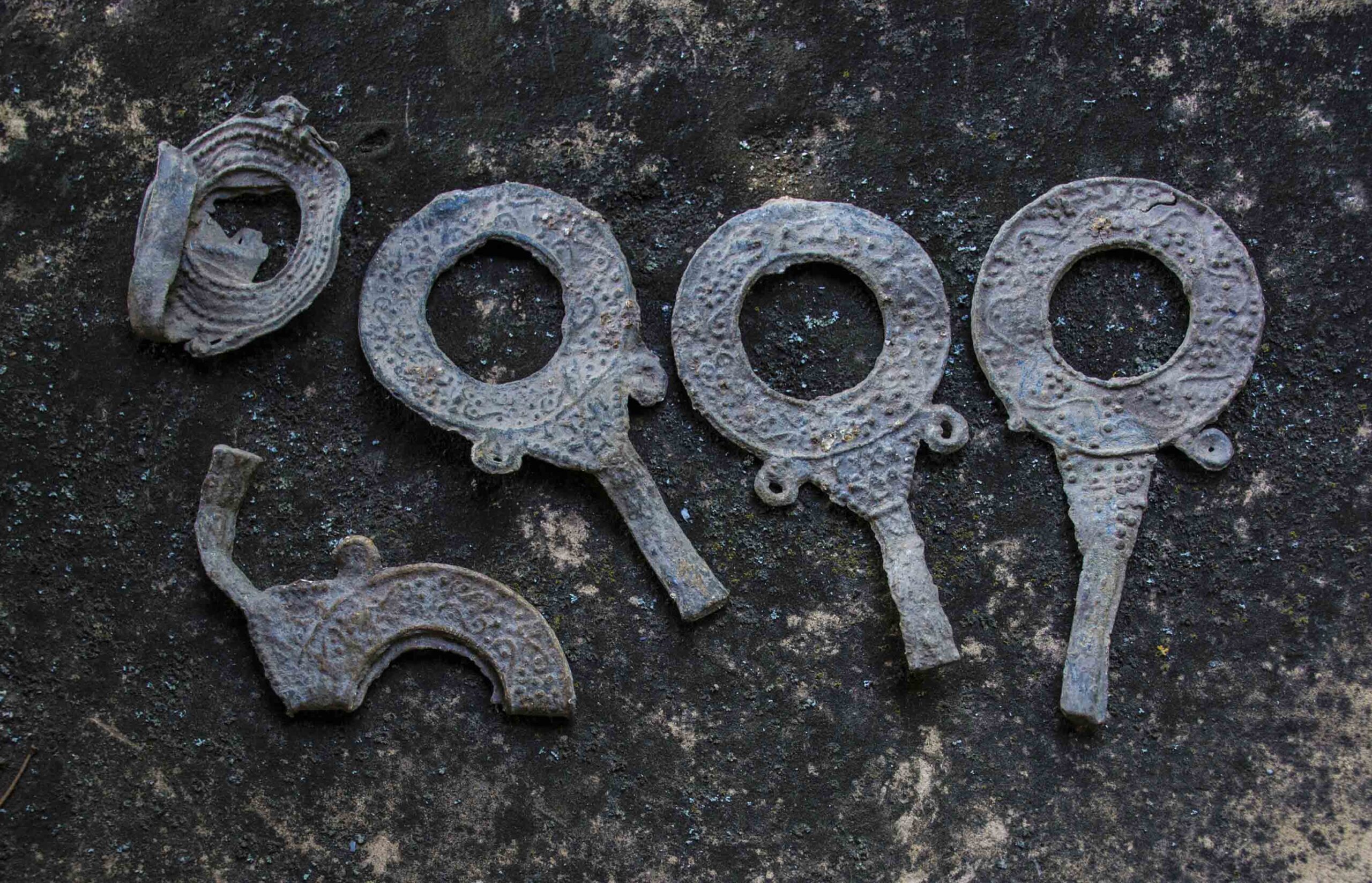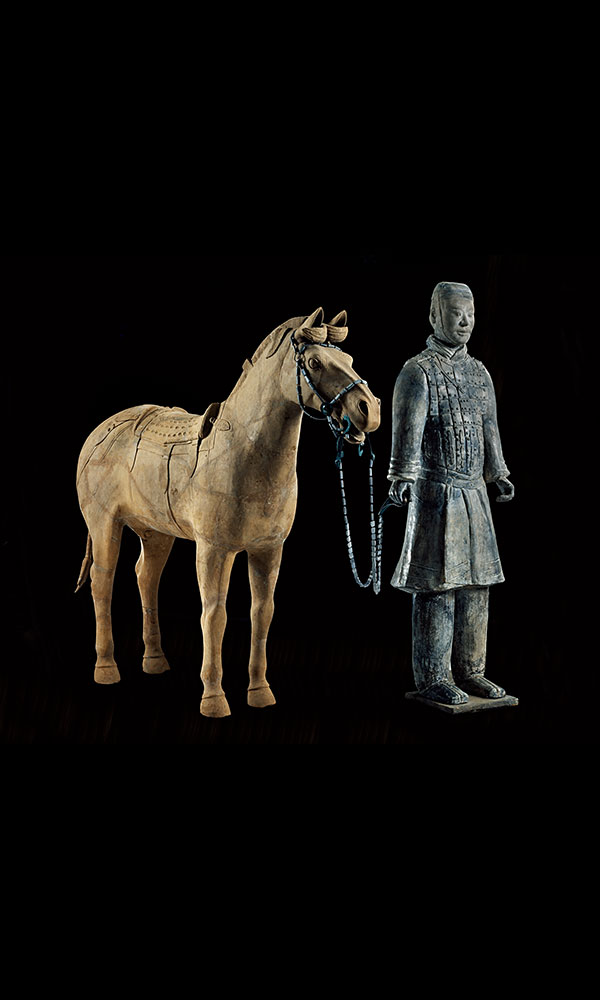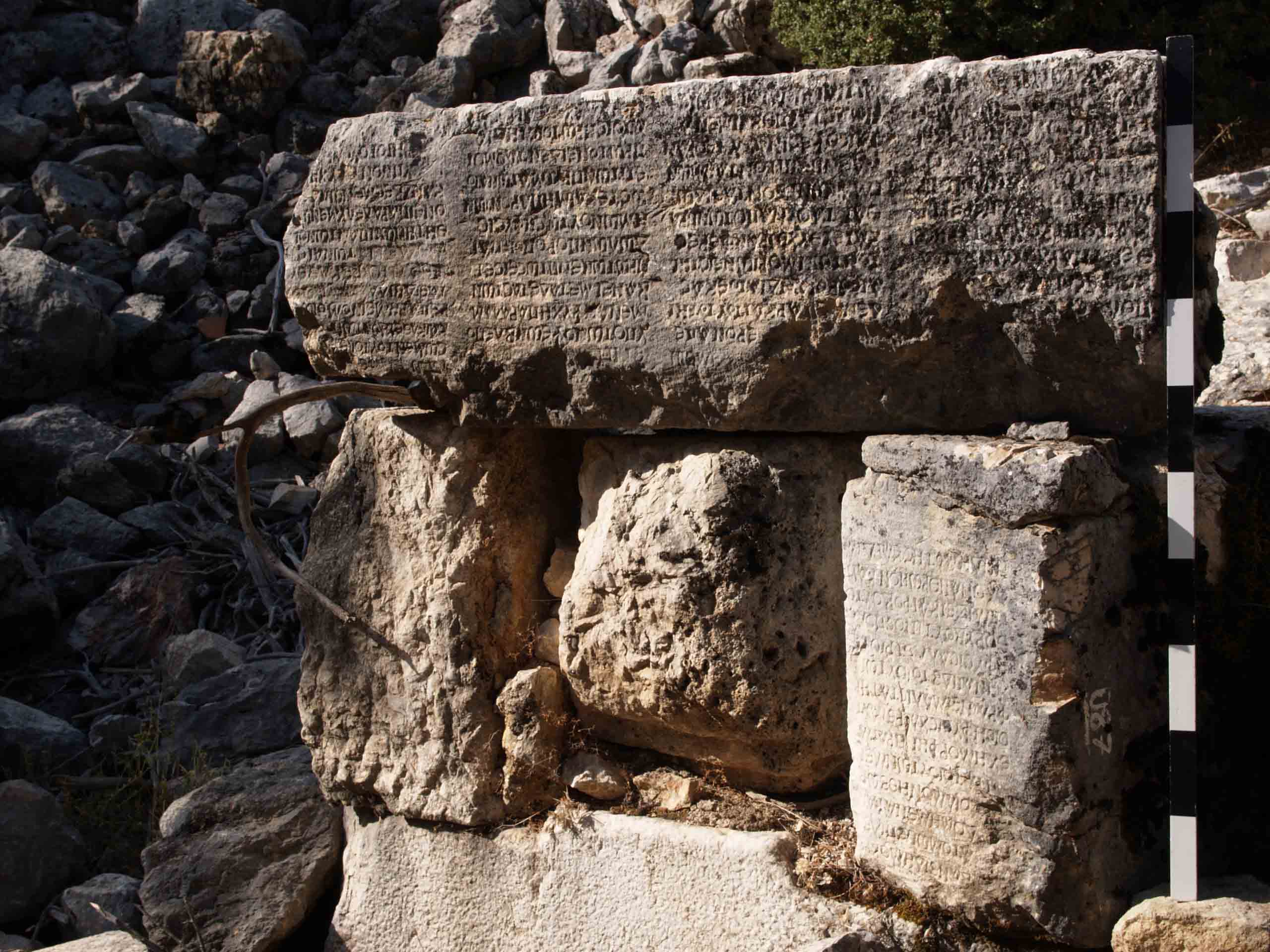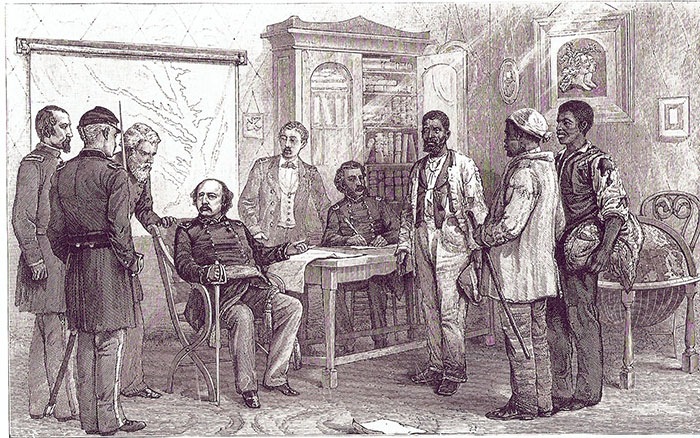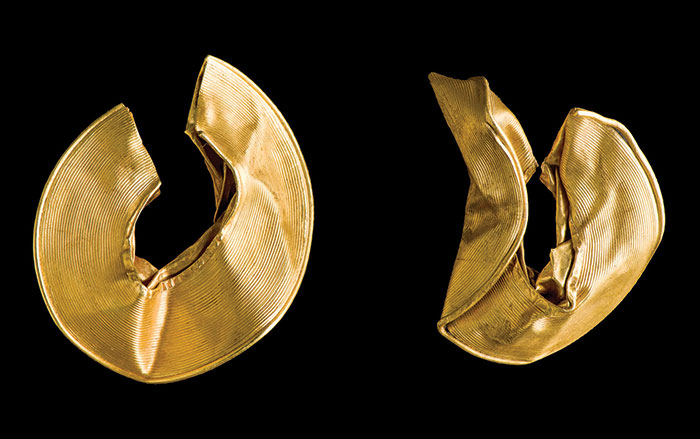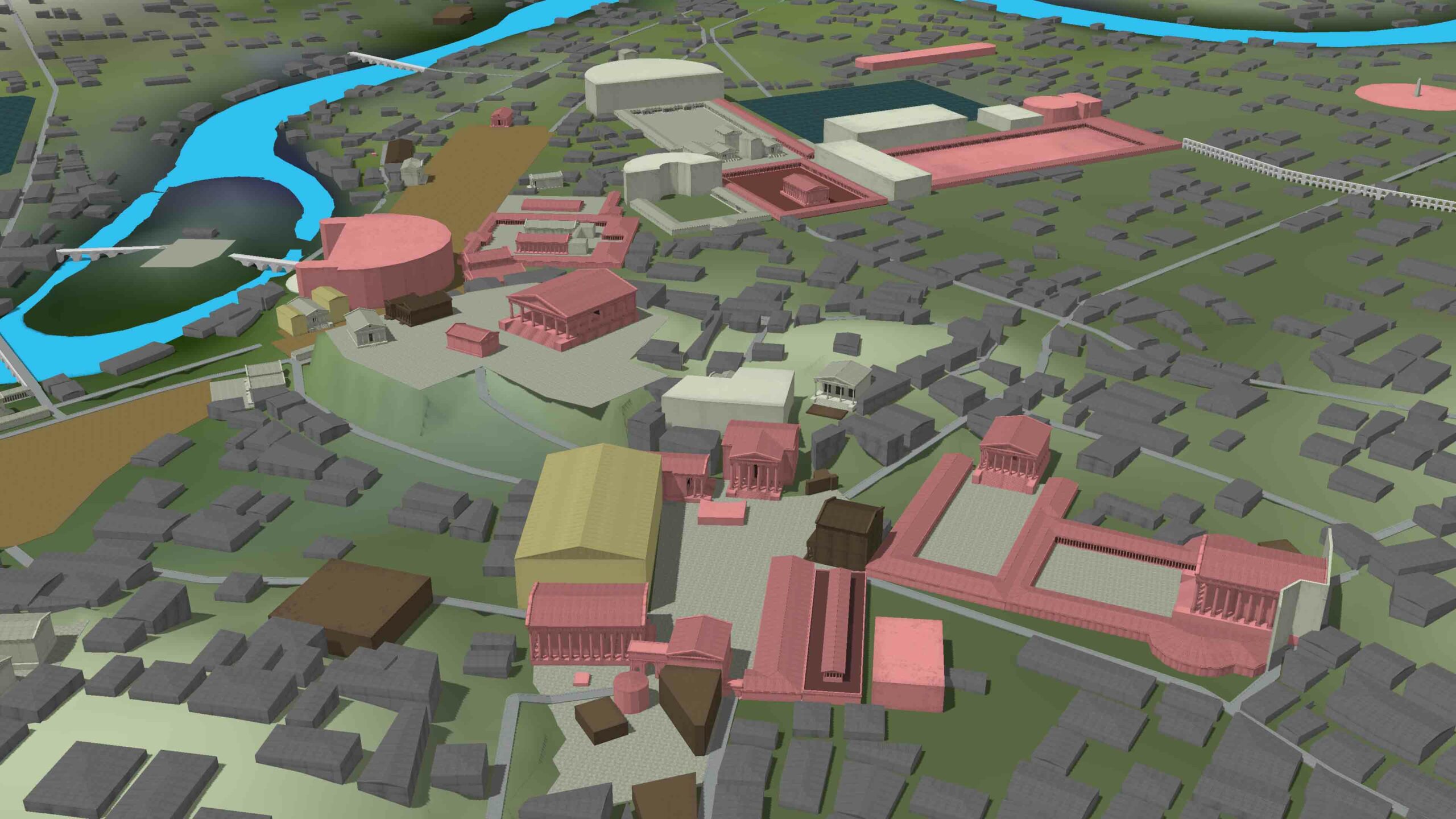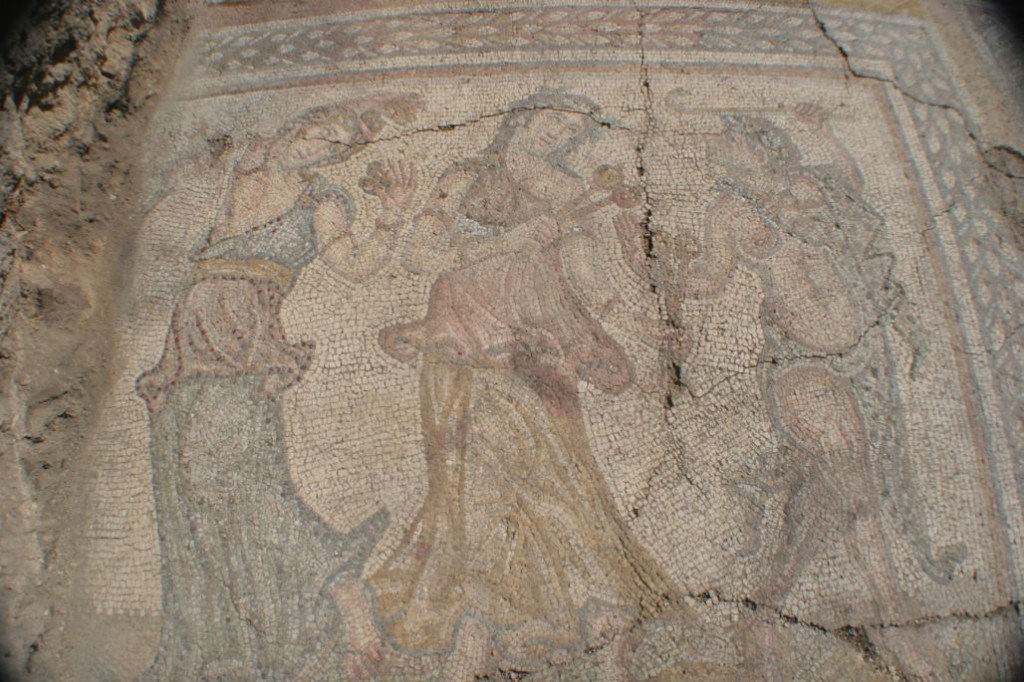
STARA ZAGORA, BULGARIA—Conservators have completed work on a fourth-century A.D. mosaic that was discovered in the ruins of the ancient Roman city of Augusta Traiana in 2011, reports Archaeology in Bulgaria. The mosaic was discovered during rescue excavations, and once decorated a triclinium, or formal dining room. It depicts followers of the god Dionysus during a celebratory procession. On the right is Silenus, the tutor and companion of the god, who leads two dancing women. Local archaeologists describe the work as skillfully done, pointing to the subtle use of color and the depiction of shading in the clothing of the dancing women.The work likely dates to the reign of Emperor Julian Apostate who ruled from A.D. 360 to 363. To read more about Roman-era mosaics, go to “Zeugma After the Flood.”


